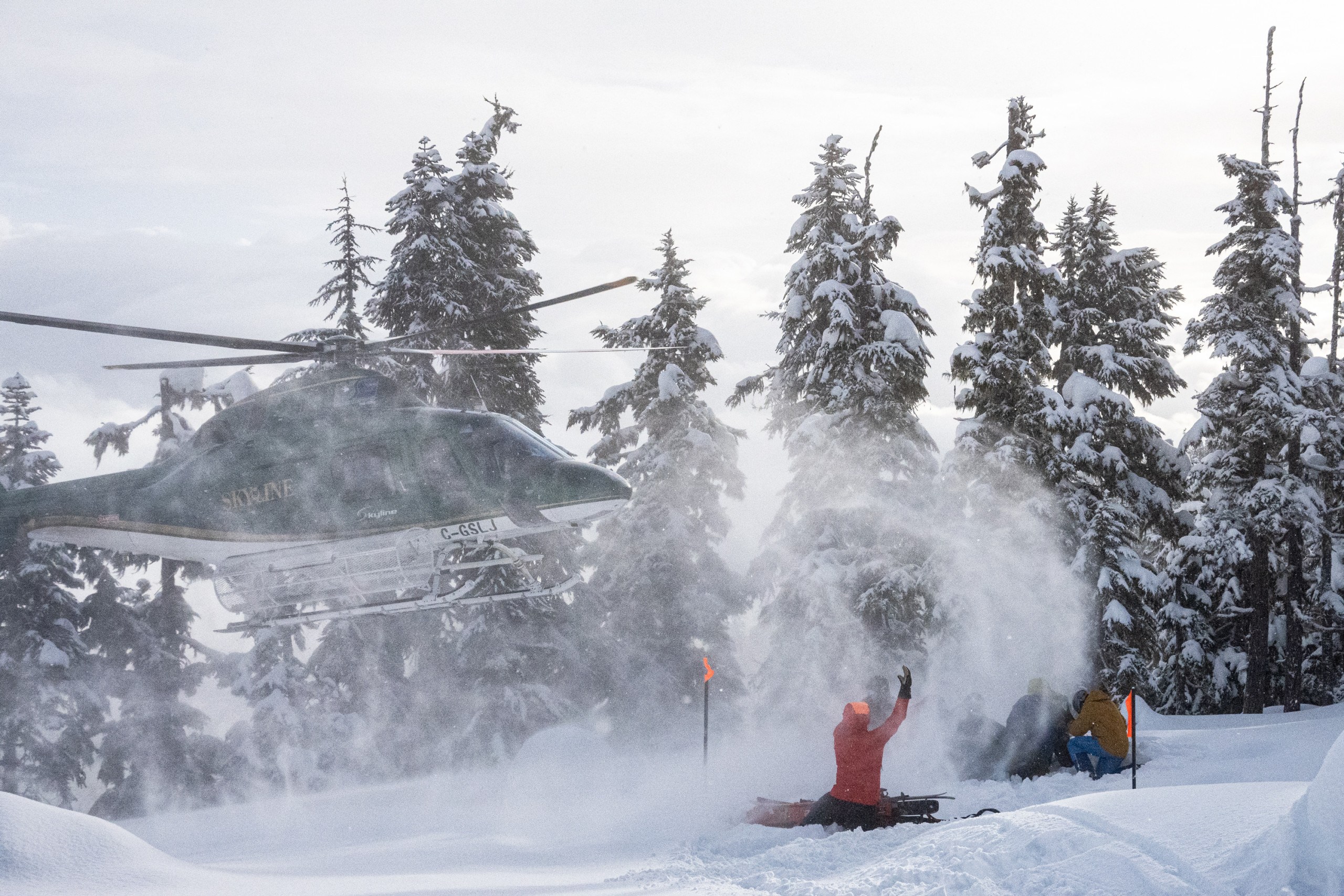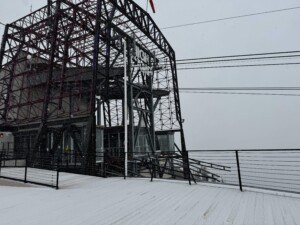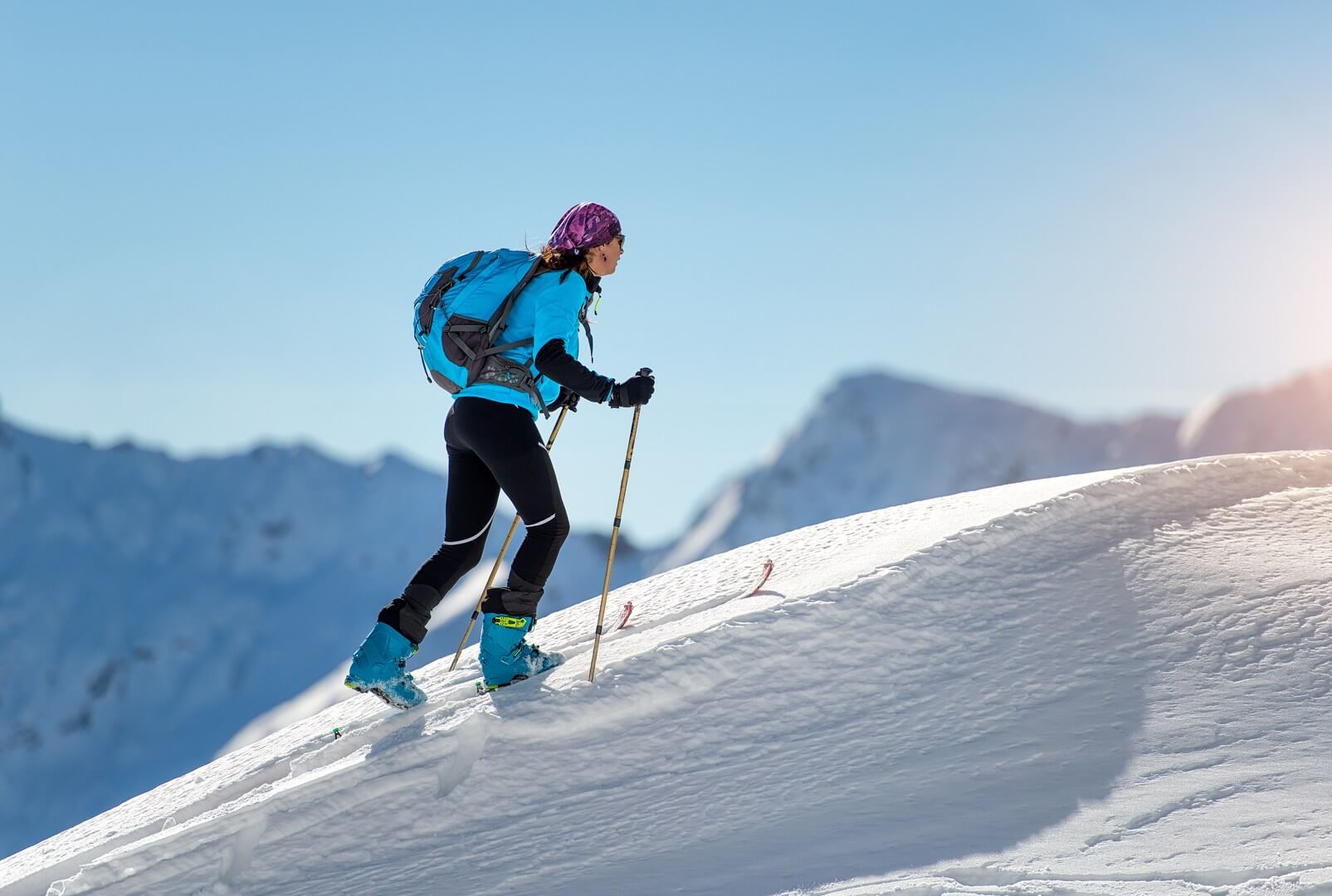In addition to the tragic AK heli-skiing incident we discussed, two more heli-skiing outings in the past week have resulted in avalanches and fatalities. Reflecting on last winter, there was also a helicopter crash that claimed three lives and left four injured. When it’s just one incident, it might be considered a fluke, but with four separate cases in two years, it’s worth asking: What is happening in the world of heli-skiing that has led to so many fatalities? Let’s take a closer look.
Disclaimer:
We are not experts or professional guides, but as recreational backcountry skiers with Avalanche certifications, we have participated in heli-skiing and cat-skiing outings.
What is Heli-Skiing?

The concept is straightforward: instead of taking a chairlift to the top of the mountain, you’re flown by helicopter to a peak, where you’re dropped off to ski down. For paying guests, these runs are meticulously planned in advance to ensure safety. If you’re interested in a detailed overview of how heli-skiing works, from a single day outing to a full week adventure, we explore it here.
A Rough Season of Incidents

While last season’s tragedy was due to a helicopter failure, this year’s incidents have all been caused by avalanches. The first occurred on March 4th, when three skiers lost their lives in a massive avalanche in Alaska. We provide a detailed account of this event here. A few weeks later, on March 20th, another avalanche struck a heli-skiing group near the Norwegian border in Sweden, partially burying a helicopter and resulting in the deaths of two individuals. Then, on March 24th, a particularly shocking incident unfolded in British Columbia. This time, it wasn’t just ordinary skiers, but prominent figures within the industry. Among the victims were Jeff Keenan, pro snowboarder and co-founder of “Dinosaurs Will Die” snowboards, Alex Pashley, North Face’s former Global Sports Marketing Manager, and the owner and lead guide of the heli-skiing operation Stellar Heli Skiing.
The Industry Grows Up
Growing up, my dad often spoke about the tragic death of one of America’s greatest ski racers, Bud Werner, who was heli-skiing when the accident occurred. In his thick Lithuanian accent, he would say, “My son mountains are deadly. If you vant to ski… you must ski vit friends and understand that sometimes dah mountains are closed.” I reminded him that in the 1960s, heli-skiing was still in its early stages. Since then, things have improved, and avalanche safety has advanced, with pioneers like Mike Wiegele helping heli-skiing find its footing. But the question remains: Is this still the case today?
The Proof is There
A 2019 report from Simon Fraser University (SFU) suggested that the risk of avalanche fatalities has significantly decreased over time. While the study did not provide a complete data set (which is difficult to obtain), it found that the death rate from avalanches dropped from 85 fatalities per million skier days in the 1970s to approximately 10 per million skier days between 2010 and 2016.
Heli-skiing is FAST

If this is true, then what is causing so many fatalities? Each of these incidents is unique, and until the official findings are released, we won’t know the full story behind each one. From my personal experience, heli-skiing presents a significantly greater risk compared to cat skiing. On a good day, you can easily rack up 20,000-30,000 vertical feet in heli-skiing, whereas cat skiing typically yields only 8,000-12,000 feet. Things happen much faster, leaving less time to adjust to changing conditions.
Is Heli-Skiing Getting More Dangerous? Answer: No
I had the opportunity to speak with Ross Cloutier, CEO of HeliCat Canada, which is the association that represents all heli-skiing and cat-skiing operations in Canada for insurance purposes. He shared, ‘While I can’t discuss the incidents in Alaska or Sweden in detail, this appears to be a random clustering, not the result of a systemic issue.’
During our conversation, I learned that Canada is considered the gold standard for mechanized guided backcountry skiing. With over 60 years of experience, every operator in Canada must be part of the association, which ensures they meet strict operational standards and are accredited.
As Ross emphasized, ‘Safety is our #1 concern. Accidents will happen, and they will continue to occur, but our goal is to continually improve safety and reduce the number of incidents.’ This commitment is reflected in the data: overall avalanche fatalities in Canada have dropped significantly, with heli-skiing fatalities now at 19 per 1 million skier days and cat-skiing fatalities at 16 per 1 million skier days.
Not Just Safety But Research to get Better
One of the most interesting points Ross mentioned was that the association invests over half a million dollars annually in its own research. This research covers a wide range of topics, not just avalanche studies, but also includes:
- Environmental efforts like mapping caribou and mountain goat habitats
- Developing carbon offset strategies
- Studying the impact of helicopter noise on guides’ hearing
It’s still Backcountry Skiing
However, it’s important to remember that the core of heli-skiing is guided backcountry skiing, which means your guide is responsible for ensuring your safety. Yet, the key point that many overlook is that it’s backcountry skiing—where the snow is unpredictable and inherently risky. Out of the 14 deaths in Canada, only two were during heli-skiing and due to the mutual aid that the operators provided, one of the people in the incident, Clay Mitchell’s life, was saved.
Ultimately, regardless of the reasons or the whys behind these tragedies, our hearts go out to the families and friends who have lost loved ones. Jeff Keenan’s story is especially heartbreaking, as his wife, Leanne Pelosi, shared on Instagram:
“F*** 💔💔💔 Jeff, you’ve always been there for me. This is absolutely beyond devastating. Endless gratitude for you showing up in my life in the early 2000s. I’m forever grateful to eternity for the depth of love I got to experience. 20+ years of pure love and adventure before welcoming our first child. I know in your last breaths you were thinking about khyber and giving me the strength to be his pillar. Truly worst news ever. It was awful arriving to an avalanche scene with no one on top. 4 buried people. Go. I ended up digging you out. Fucking brutal but what a gift to see you one last time. I tried my hardest to revive you 💔It’s unbelievably hard to survive right now. Clinging to all memories of you. I’m not sure what do other than to live in the present moment. Unsure of what the future holds. All I know is that I’m grateful as all hell for being with you and giving me the greatest gift in life- khyber. I let him know that you passed this evening, and he already said he had an idea of getting a big trampoline to jump up and get you back down to earth. 💔💔💔appreciate all the love everyone. We will celebrate him big time soon.”












You should also mention that there is inherent risk regardless of the method of uphill transportation. Please be cognizant of the fact that the guides in these situations are also victims in their own right. Your article is insufficient at best in even discussing the topic.
Hey Joe,
I wasn’t trying to go too deeply into this situation but rather highlighting that it’s been an odd year to say the least when it comes to heli skiing. But as you pointed out there is so much dig into regarding it.
If your interested in the early history of heliskiing check out http://www.heliskihistory.com and other interesting information about heliskiing.